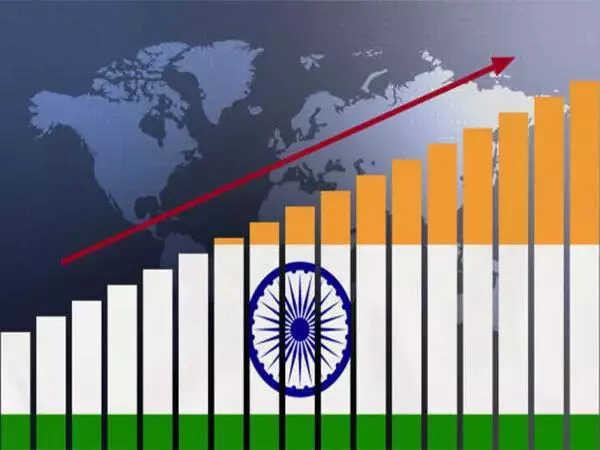India’s Credit Score Just Got a Whole Lot Brighter: What it Means for You
For the first time in what feels like forever, India’s economic outlook just received a significant thumbs-up from a major global ratings agency. Standard & Poor’s (S&P) has bumped up India’s sovereign credit rating to BBB, a move that’s causing ripples of optimism across the financial world – and for good reason. This isn’t just about numbers on a spreadsheet; it’s a signal that India is increasingly seen as a stable and promising place to invest. But what does this actually mean for the average person? Let’s break it down.
Why the Upgrade? India’s Economic Resilience Takes Center Stage
After a long 18-year wait, the upgrade to BBB, with a stable outlook, reflects S&P’s growing confidence in India’s economic trajectory. Think of it like this: S&P is essentially saying, “We’ve seen how India has handled its finances and navigated global challenges, and we’re impressed.” What specific factors led to this shift? The rating agency pointed to India’s sound economic policies, its sustained growth momentum, and the ongoing reforms aimed at strengthening the financial sector. They’re also betting on continued improvements in infrastructure and a government committed to fiscal responsibility.
The stable outlook suggests that S&P believes India is on a sustainable path. They anticipate that the country’s economy will continue to expand at a healthy clip, supported by both domestic demand and a gradually improving global environment. This isn’t to say there aren’t challenges – every nation faces headwinds – but the overall picture is one of resilience and potential.
What Does a Better Credit Rating Actually Do?
A higher credit rating is like getting a better credit score for a country. It makes it cheaper and easier for the government and Indian companies to borrow money on international markets. Lower borrowing costs translate into more resources available for investment in crucial areas like infrastructure, healthcare, and education. This can have a cascading effect, stimulating economic activity, creating jobs, and improving the overall standard of living.
Imagine the government wants to build a new highway system. With a better credit rating, they can borrow the necessary funds at a lower interest rate, saving taxpayers money in the long run. That saved money can then be redirected to other important projects. Similarly, Indian companies looking to expand their operations overseas will find it easier to secure financing, boosting their competitiveness in the global marketplace.

The Ripple Effect: How This Impacts Your Wallet
While the benefits of a sovereign credit rating upgrade may not be immediately obvious, they ultimately trickle down to individuals. Here’s how:
* Job Creation: Increased investment leads to more job opportunities across various sectors.
* Lower Interest Rates: While not directly tied to the sovereign rating, a more stable economy can indirectly influence interest rates on personal loans and mortgages.
* Stronger Rupee: A positive economic outlook can strengthen the Indian rupee, making imports cheaper and potentially lowering inflation.
* Increased Investment Opportunities: A more attractive investment climate draws in foreign capital, which can boost the stock market and create new avenues for wealth creation.
In short, a stronger economy benefits everyone. It creates a more stable and prosperous environment, allowing individuals and businesses to thrive.
Navigating the Road Ahead: What’s Next for India’s Economy?
While the S&P upgrade is certainly cause for celebration, it’s important to maintain a balanced perspective. India still faces significant challenges, including infrastructure gaps, income inequality, and the need for continued reforms. Sustaining this positive momentum will require consistent efforts to address these issues and maintain fiscal discipline.
The government needs to continue focusing on policies that promote sustainable growth, attract foreign investment, and empower the workforce. This includes investing in education and skills development, streamlining regulations, and creating a more business-friendly environment. It’s also crucial to prioritize infrastructure development, particularly in areas like transportation and energy, to support long-term economic expansion. Learn more about factors influencing economic growth in India [here](/india-economic-growth-factors).
A Moment to Recognize India’s Progress
The upgrade in India’s sovereign credit rating by S&P is more than just a dry financial metric. It’s an acknowledgement of the nation’s economic progress and a sign of confidence in its future. While challenges undoubtedly remain, this positive development provides a solid foundation for continued growth and prosperity. It suggests a brighter outlook for businesses, investors, and ultimately, for every Indian citizen. Now, the focus shifts to building upon this achievement and ensuring that the benefits of a stronger economy are shared by all.







